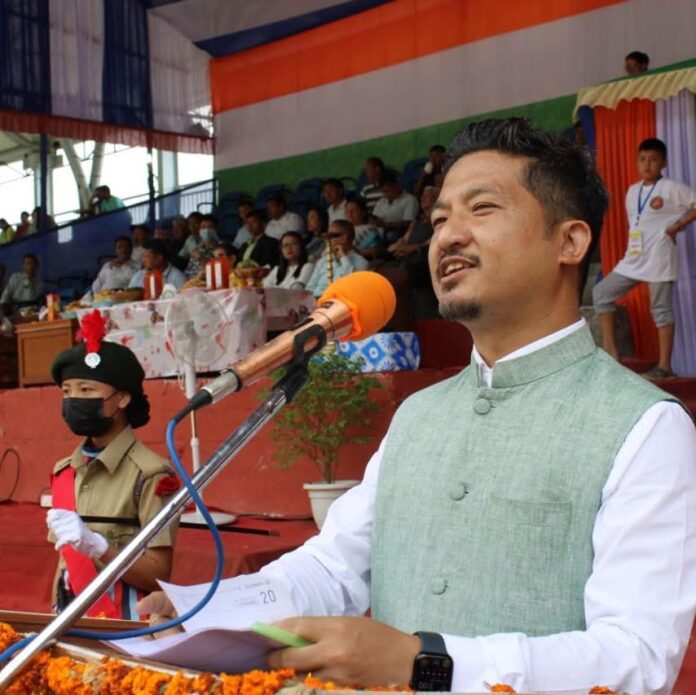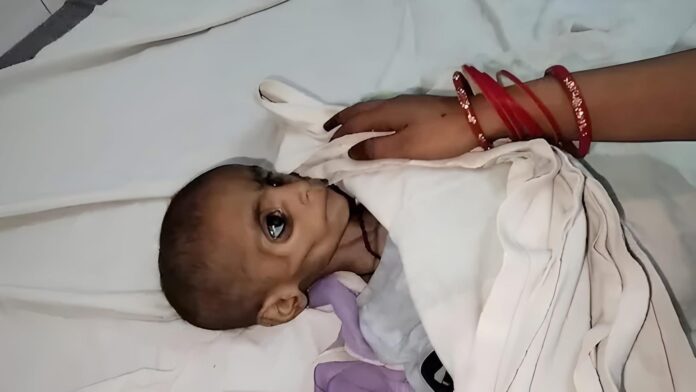In regard to the issue of 12 Left-Out communities for inclusion as Scheduled Tribes, we have till date seen two governments work on it. In the past, the government led by Shri Pawan Kumar Chamling spearheaded the issue with the center government and at present the government led by Shri Prem Singh Tamang (Golay) is seen working to bring the issue to it’s logical end. As an office bearer of All Sikkim Gurung (Tamu) Buddhist Association (ASGTBA), I bear witness to the efforts being put in by both the Chamling and Golay led governments and therefore think it is my solemn duty to compare the efforts of both governments and give credit to where it is due.
WHAT ARE THE TWO GOVERNMENTS EFFORTS IN PURSUING THE ISSUE OF 12 LEFT-OUT COMMUNITIES FOR TRIBAL STATUS
When it comes to accessing the role of the two governments in the issue of 12 Left-Out communities for inclusion as Scheduled Tribe, I need to be very truthful and not be partial at all. First, I need to understand the limited role a state government can play in this regard, as it is the central governments prerogative when it comes to providing recognition as Scheduled Tribes to the 12 Left-Out communities. However limited it may be, but I do feel that the state government does have a pivotal role to play in this regard.
Now let us look at what the Pawan Chamling led government did to take forward the issue of the 12 Left-Out communities for inclusion as Scheduled Tribe. Yes a resolution was passed in the Sikkim Legislative Assembly for inclusion of the 12 Left-Out communities as Scheduled Tribes, but was it enough? The answer is definitely a NO. Memorandums were also submitted to the central government on numerous occasions, but was that enough? The answer again is definitely a NO. So where did the Chamling government go wrong when it comes to the issue of inclusion of the 12 Left-Out communities as Scheduled Tribes. The blunder made by the SDF government led by Shri Pawan Kumar Chamling was that it asked the different communities to prepare their own ethnography reports. Yes, the ethnography reports of the 12 Left-Out communities submitted to the Office of the Registrar General of India (ORGI), National Schedule Tribe Commission (NSTC) and the central government were prepared by non-professionals engaged by respective associations themselves. This is mainly why it was out rightly rejected by the Office of the Registrar General of India (ORGI) citing many objections in it. Under Shri Pawan Chamling’s leadership the only document to support the cause of the 12 Left-Out communities was the Dr BK Ray Burman commission report, which mentioned that a particular tribe in Himachal Pradesh had been given a “territorial tribal” status and that keeping in mind Article 371F of the constitution the 12 Left-Out communities of Sikkim could be recognised as territorial tribes. Now, who on earth believes that the Office of the Registrar General of India (ORGI) would be convinced by the word of a wise old man and recognise the 12 Left-Out communities as tribals.
On the other hand, the master stroke played by the Sikkim Krantikari Morcha government led by Shri Prem Singh Tamang (Golay) was that it formed Sikkim State High Level Committee for inclusion of 12 Left-Out indigenous Sikkimeese Ethnic Communities in the List of Scheduled Tribes under the Constitution of India. The Sikkim State High Level Committee (SSHLC) consist of a team of experts led by Prof BV Sharma, Director, Anthropological Survey of India, Prof Mahendra P Lama, Economists and Senior Professor, JNU’s School of International Studies, Prof Virginius Xaxa, Former Deputy Director, Tata School of Social Sciences, Dr Satyabrata Chakrabarti, Former General Secretary, Asiatic Society and Former Deputy Director, Anthropological Survey of India, Prof (Dr) Nupur Tiwari, Director, Center for Tribal Research and Exploration, Prof Sarit Kumar Chaudhury, Dean of Faculty of Social Sciences, Rajiv Gandhi University, Shri Rangan Dutta, IAS, Former Senior Official of the Office of the Registrar General of India (ORGI) and Prof AB Otta, IAS, Senior Advisor, United Nations Children’s Fund (UNICEF), Advisor, Tribal Museum, Rashtrapati Bhawan.
The team of experts consisting of social scientists, former official of ORGI, retired bureaucrats, professionals of tribal studies etc aka Sikkim State High Level Committee (SSHLC) were tasked with the following ;
- Prepare a comprehensive ethnographic and anthropological report on the 12 Left-Out Sikkimeese communities viz Bhujel, Jogi, Gurung, Kirat Khambu Rai, Kirat Dewan (Yakha), Khas (Chettri-Bahun), Mangar, Newar, Sanyashi, Sunwar (Mukhia), Thami and Majhi.
- Meticulous spell out the grounds and substantive socio-cultural, historic – geographical, ecological and legal-constitutional justification as to why these 12 Left-Out Sikkimeese communities deeply qualify for the Scheduled Tribe status as per the provisions of the Constitution of India.
- Examine and elucidate the tri-junctional benefits/dividends that accrue from the inclusion of these 12 Left-Out communities in the list of Scheduled Tribes in terms of:
( i ) Socio-economic upliftment and cultural-ecological conservations of these and other tribes spread over the entire Indian himalayan region and more specifically in the Eastern Himalaya consisting of Sikkim and Darjelling hills.
( ii ) Significant enrichment of state level and national tribal heritage, cultural panaroma and development trajectory of the indigenous communities of the Eastern Himalaya and ( iii ) Substantive contributions to the consolidation of national interest projects including national security in the sensitive border and borderlands of India
- Make recommendations of the Government of Sikkim to the Government of India for the 12 Left-Out communities on a firm ethno-historical and geographical-ecology grounds; scientific-demographic and legal-constitutional basis and regional and national interest implications particularly in the context of State of Sikkim, Himalayan borders and borderlands.
The Sikkim state government has used its resources to help and assist the concerned communities to prepare a fool proof ethnographic report to further their cause. Now equipped with such a comprehensive ethnographic study report, prepared by experts known to the scientific community, how would the Office of the Registrar General of India (ORGI), National Schedule Tribe Commission (NSTC) and the central government react to it? There is no way that they could deny it or find objections in it. On the other hand, the Hon’ble Chief Minister of Sikkim, Shri Prem Singh Tamang (Golay) has agreed to meet other North Eastern states Chief Minister’s to seek their support on the issue and has directed Rajya Sabha and Lok Sabha Member of Parliaments to lobby for support of other North Eastern MP’s on the issue of inclusion of 12 Left-Out Sikkimeese communities as Scheduled Tribes.
This shows that unlike the previous government led by Shri Pawan Kumar Chamling, the present government under the leadership of Shri Prem Singh Tamang (Golay) is serious and sincere when it comes to spearheading the issue of 12 Left-Out communities for inclusion as Scheduled Tribes.
Originally Written
By Nav Raj Gurung
General Secretary,
All Sikkim Gurung (Tamu) Buddhist Association











